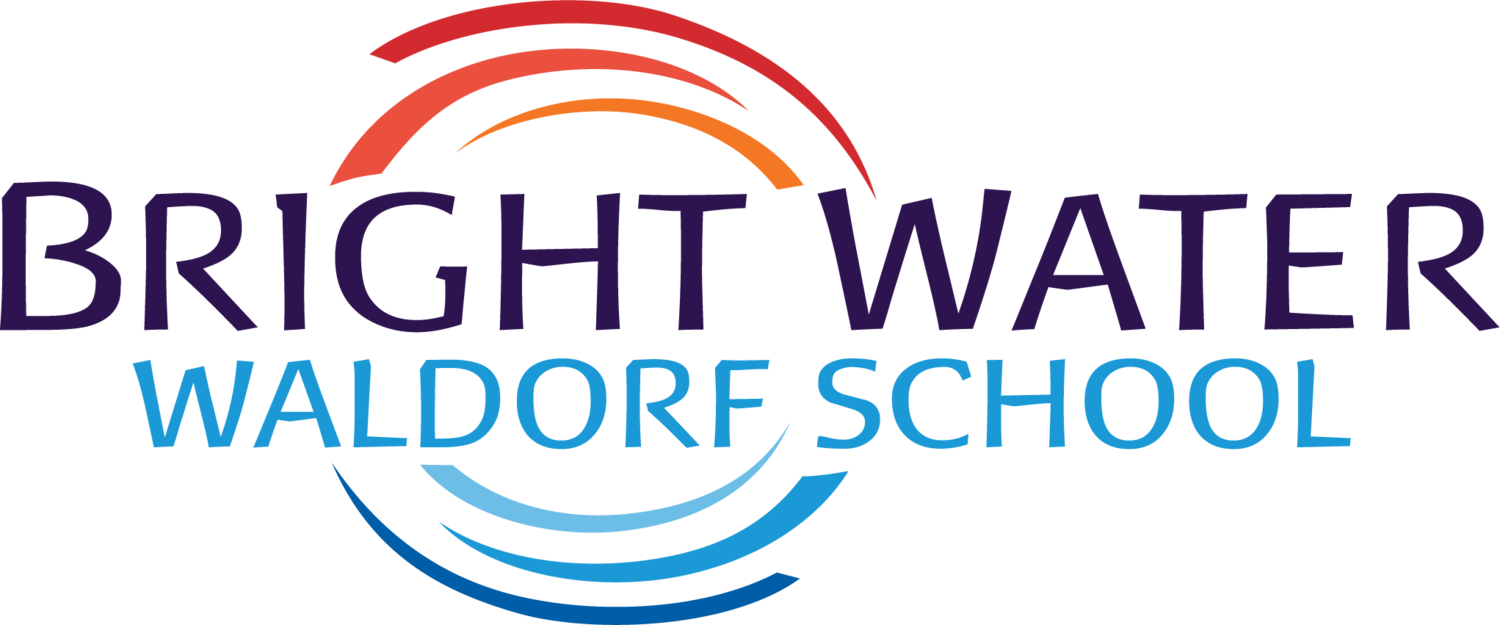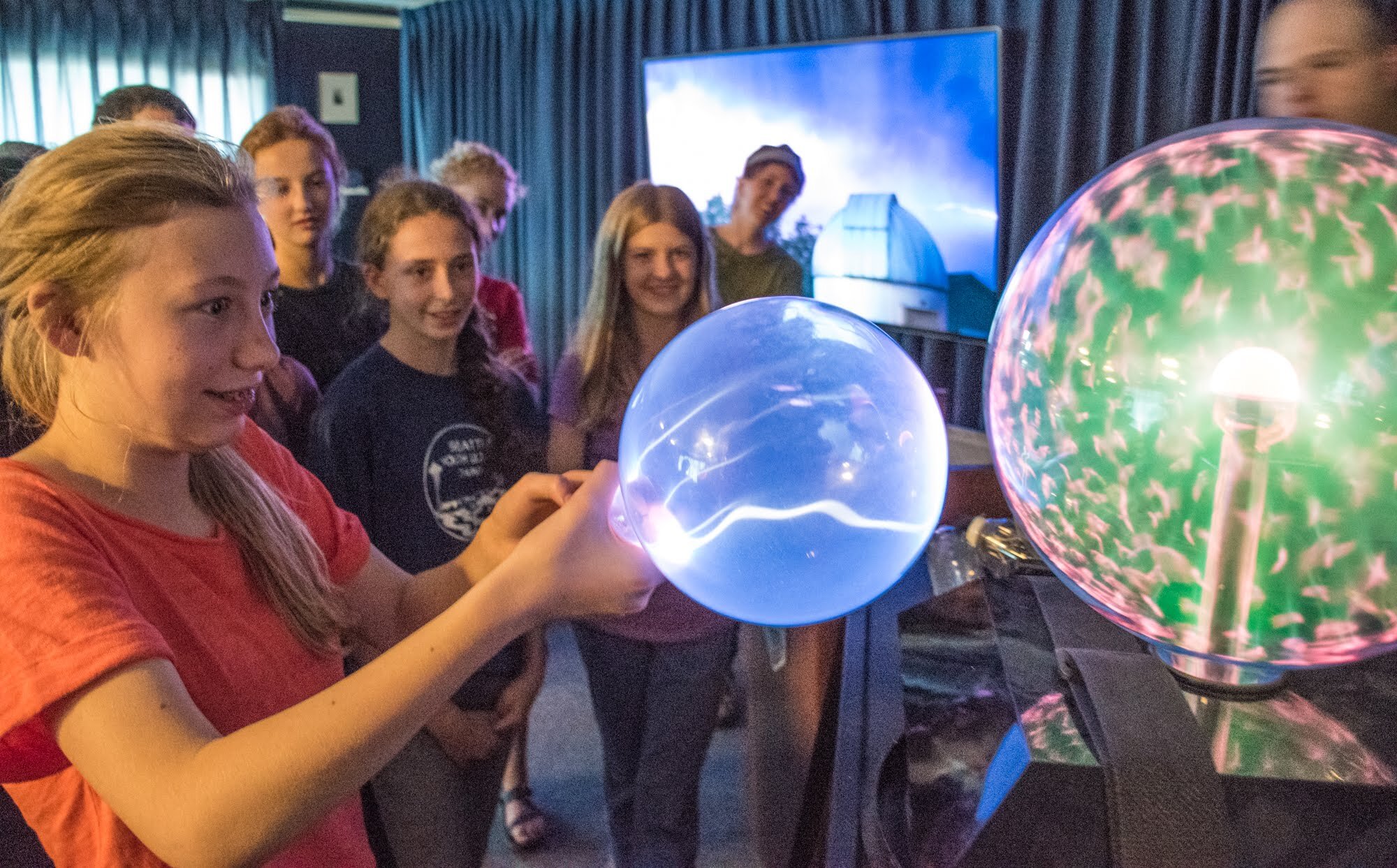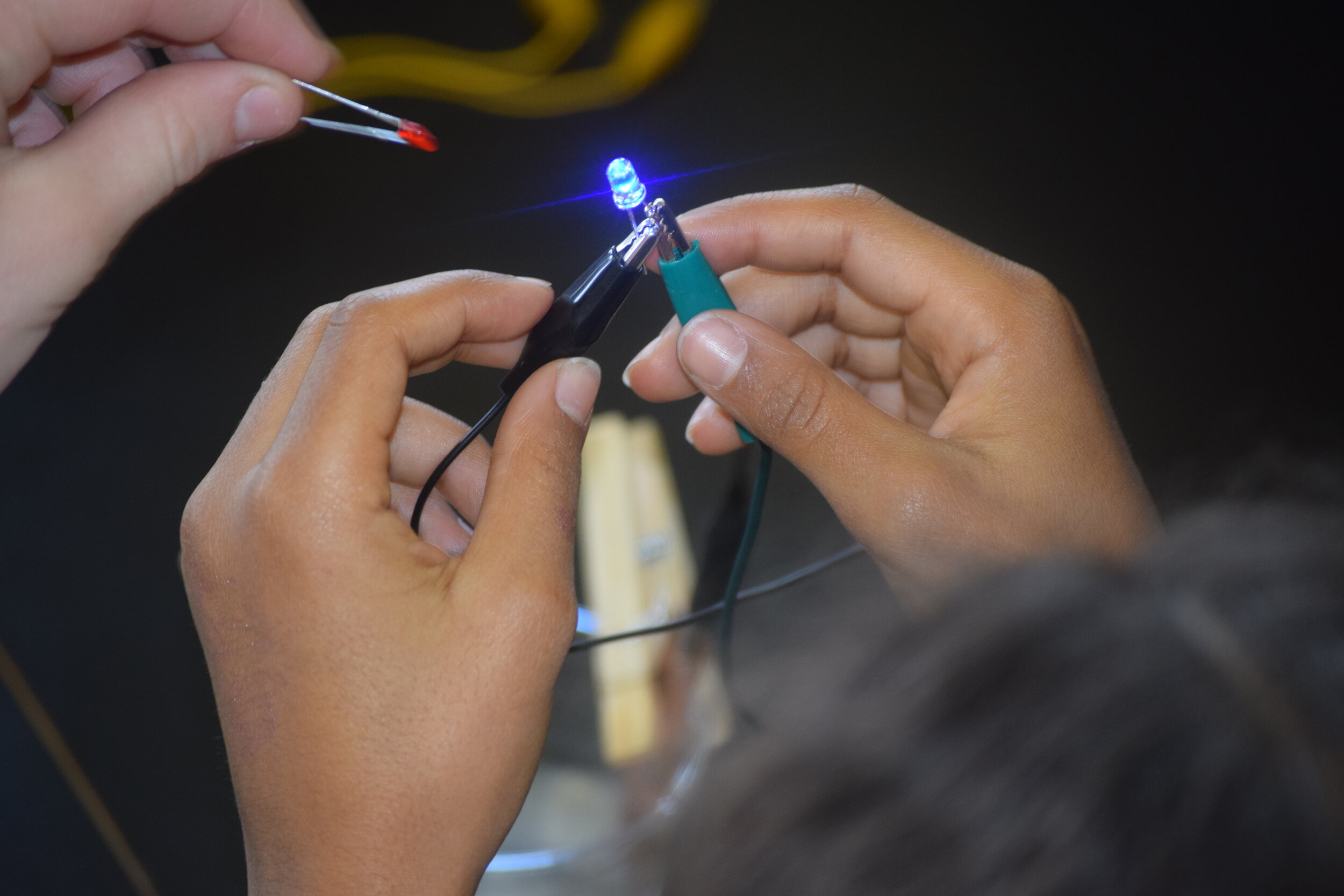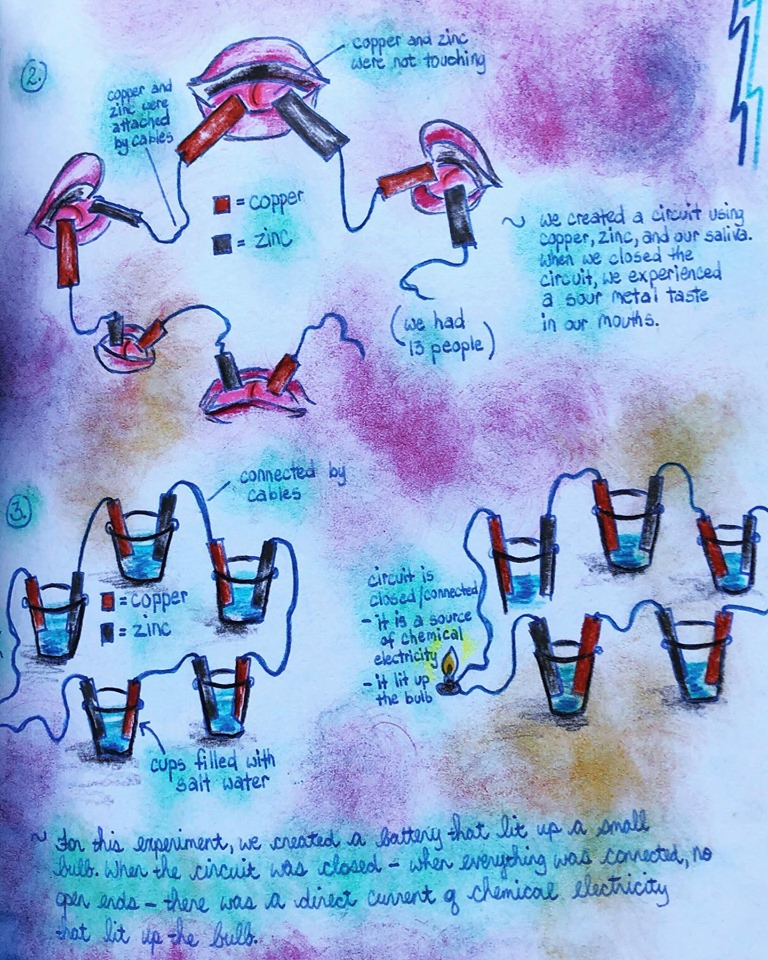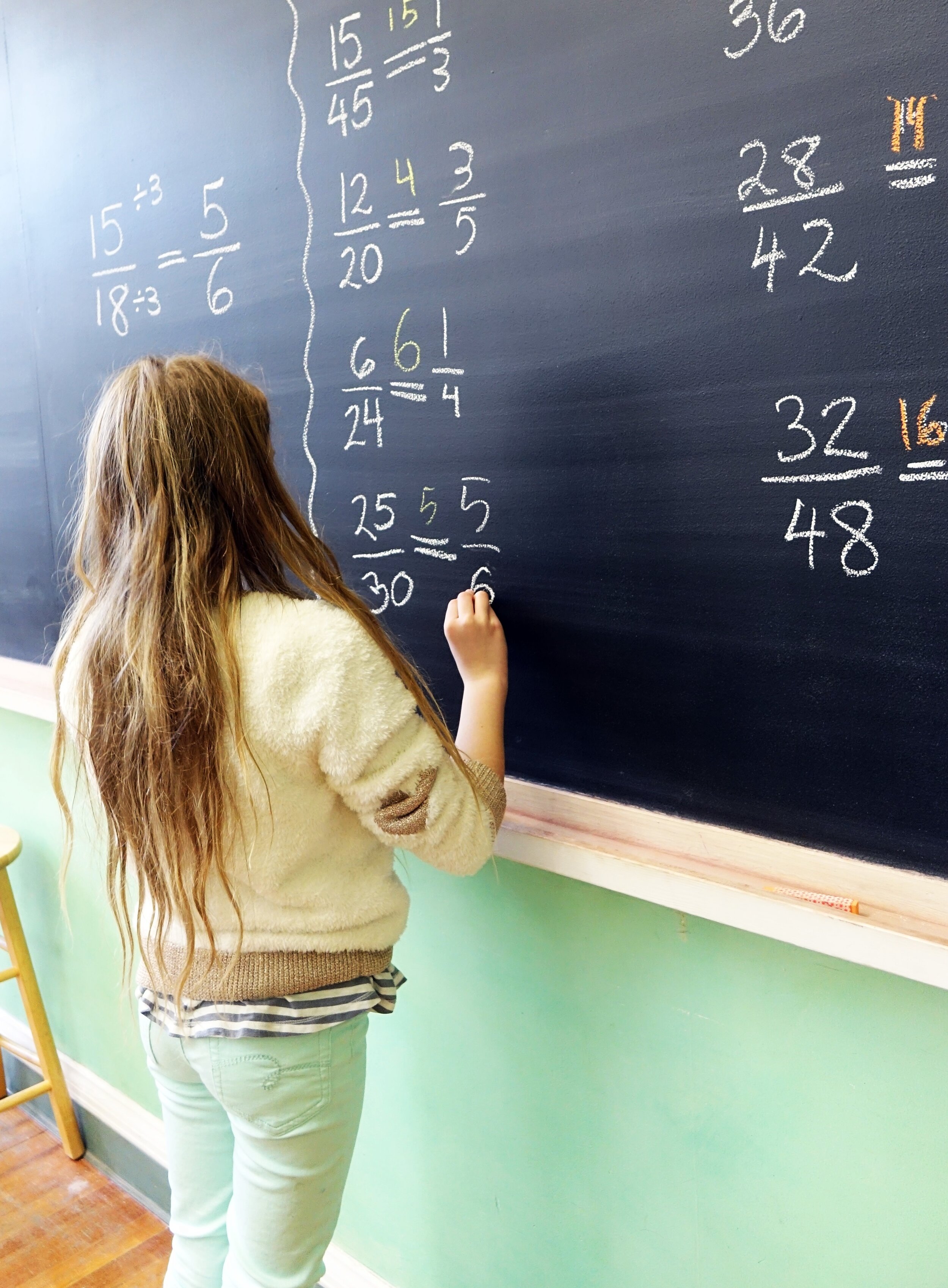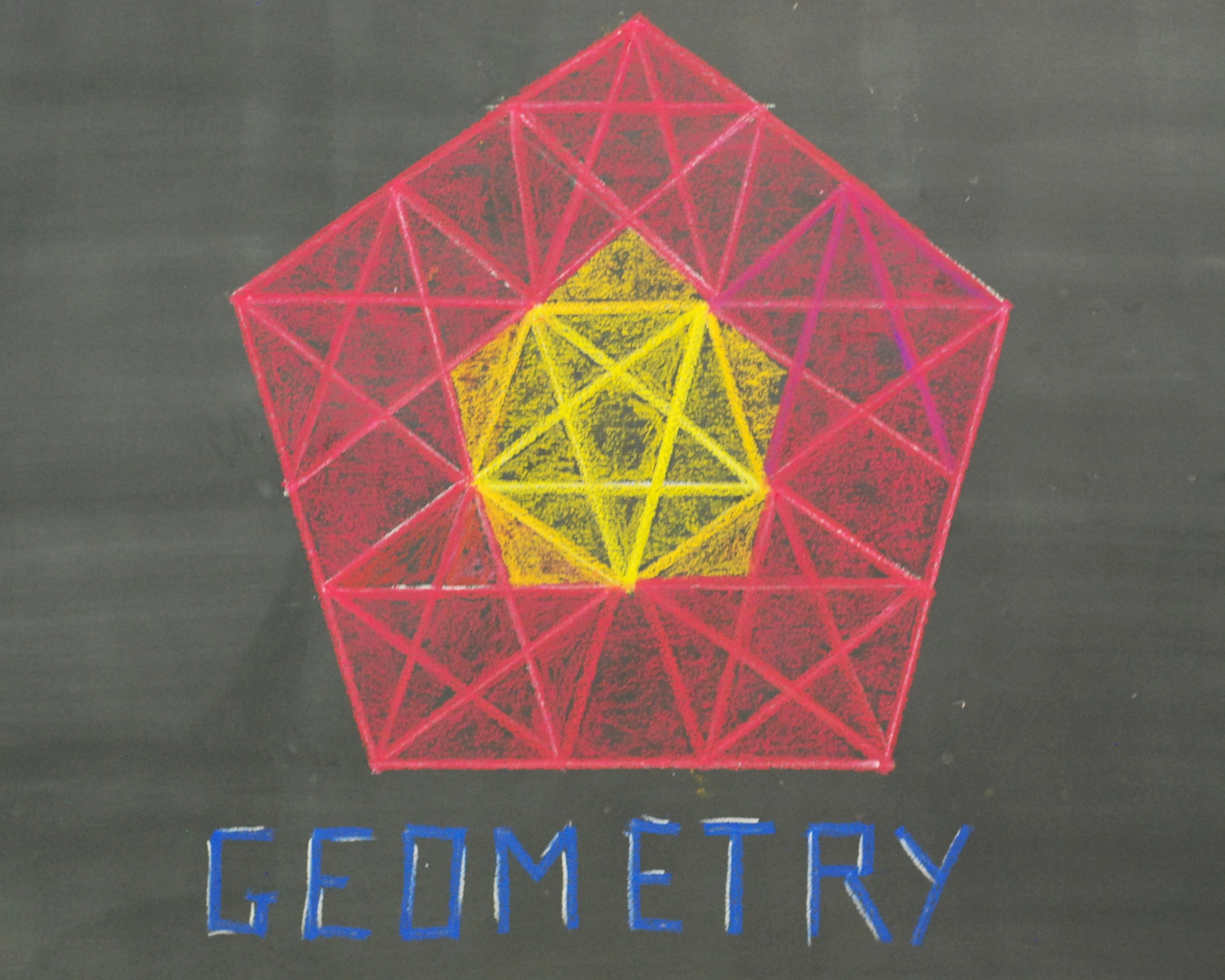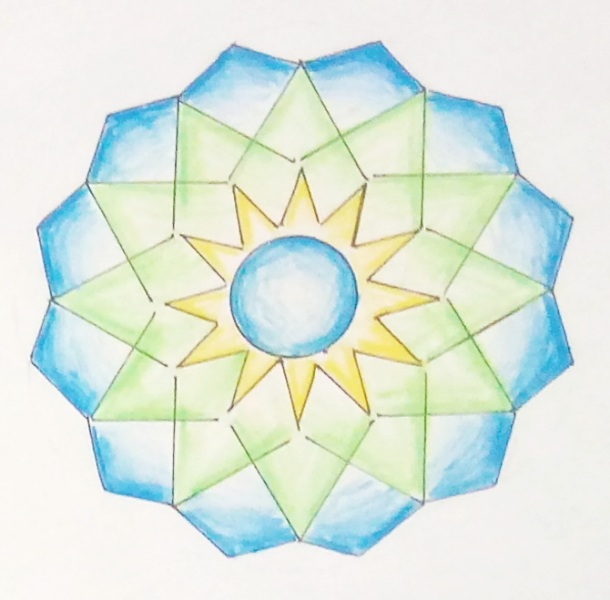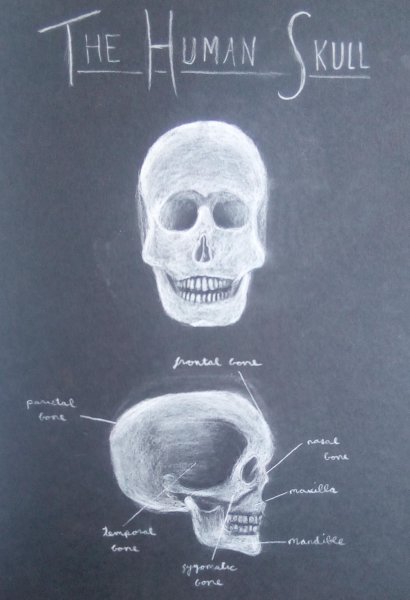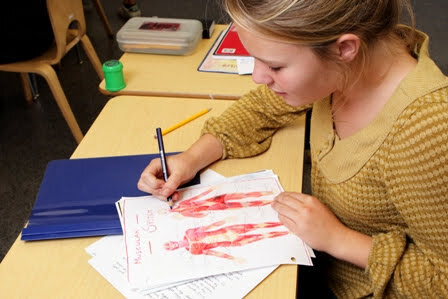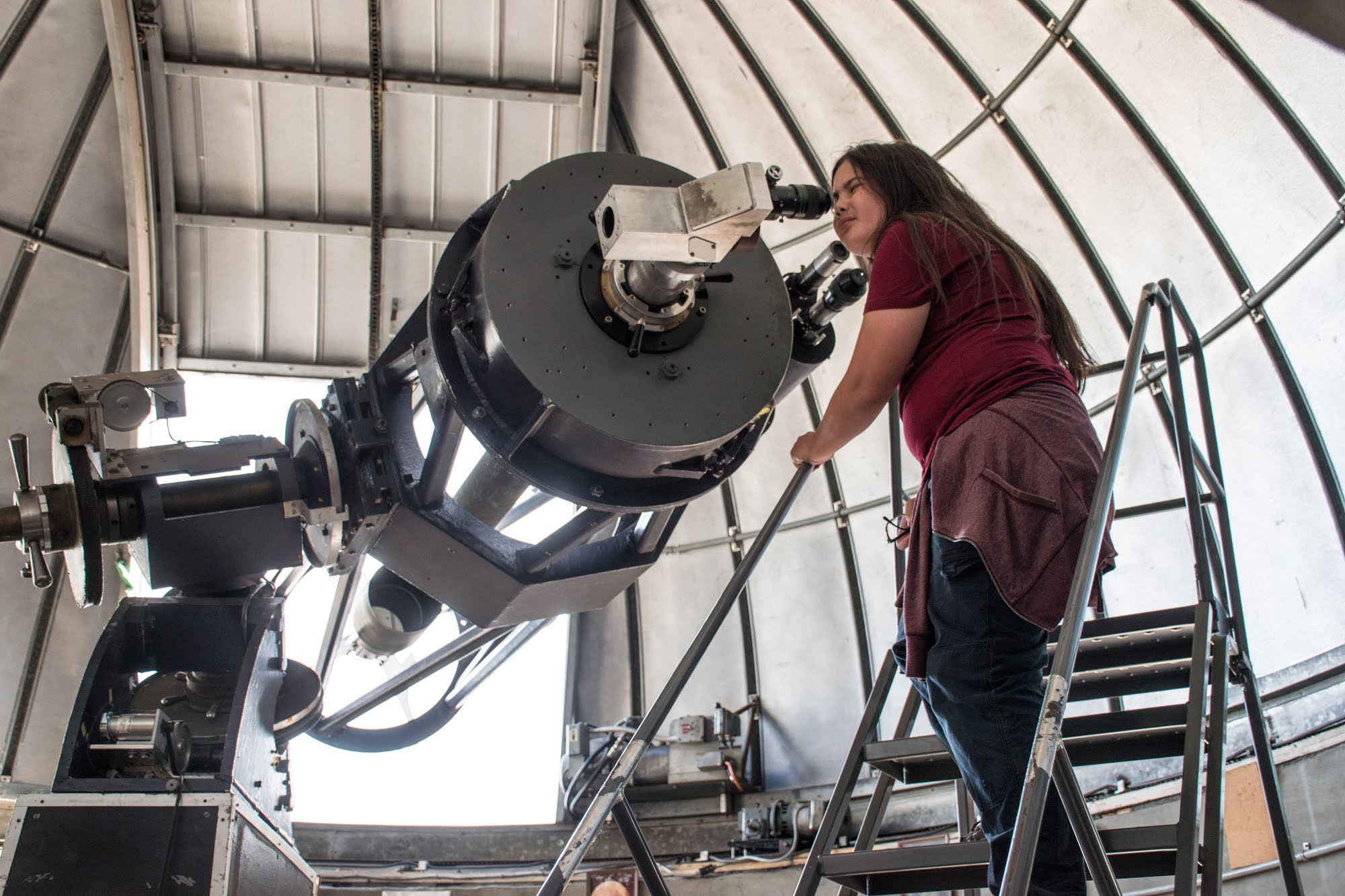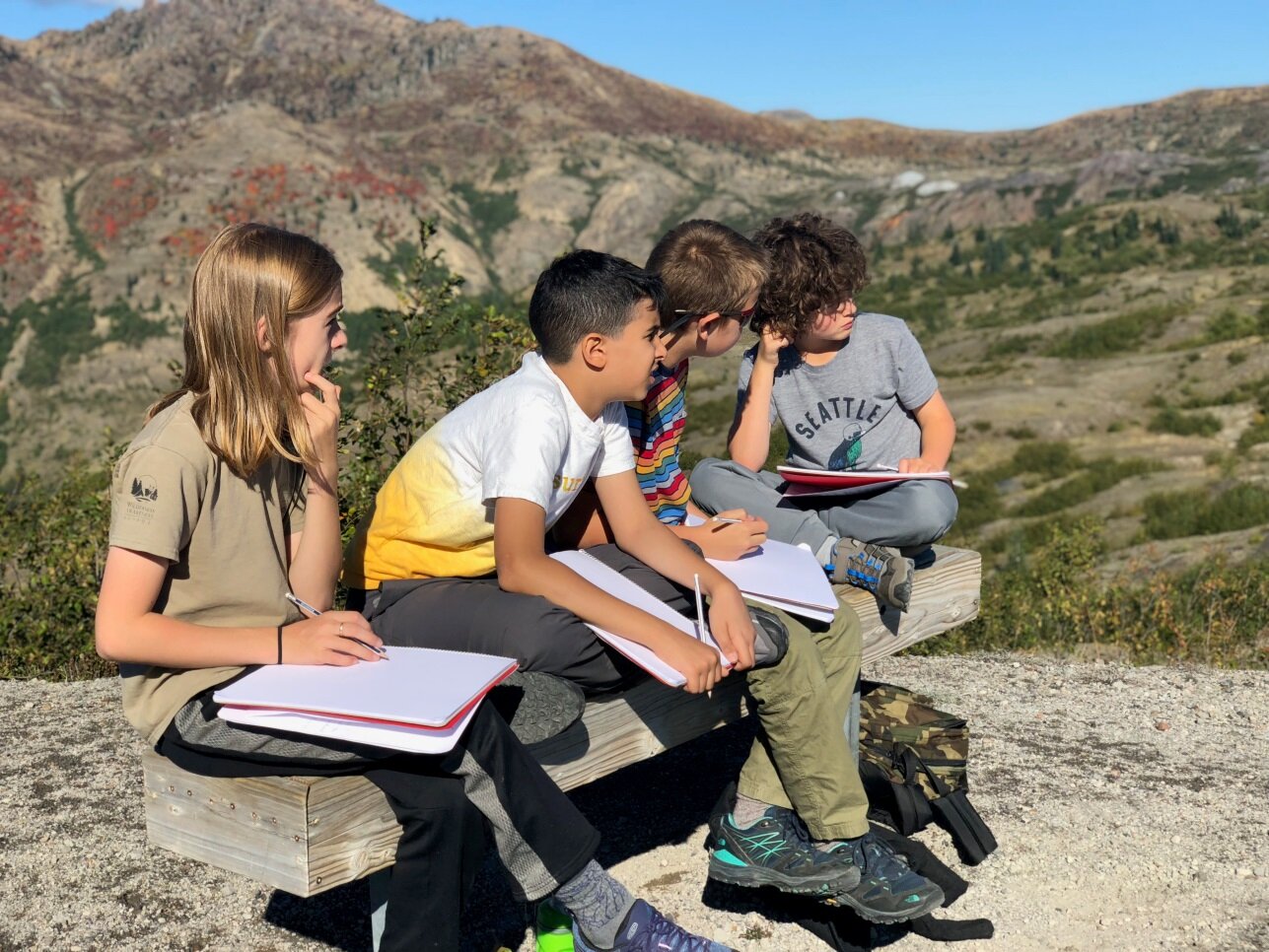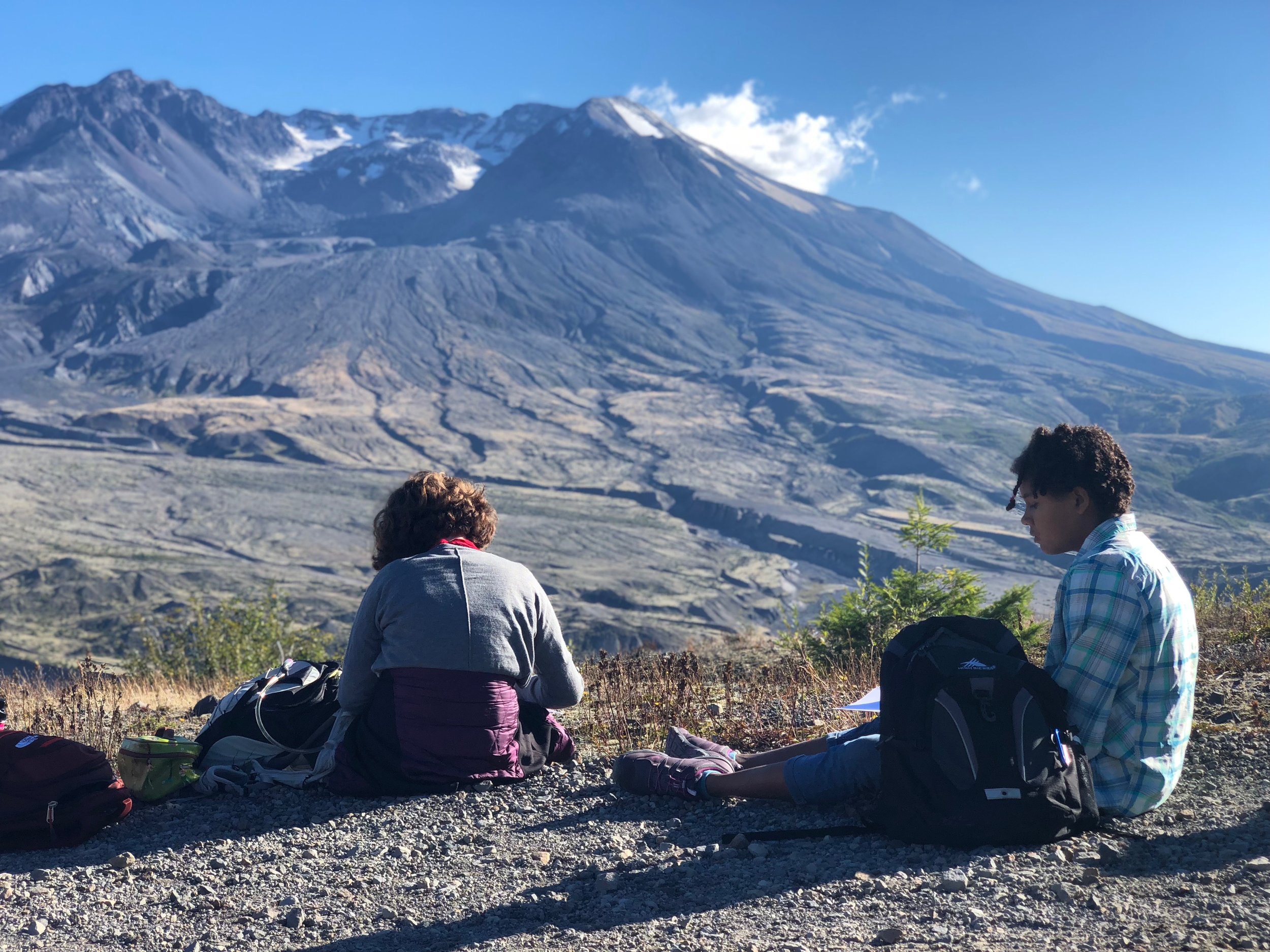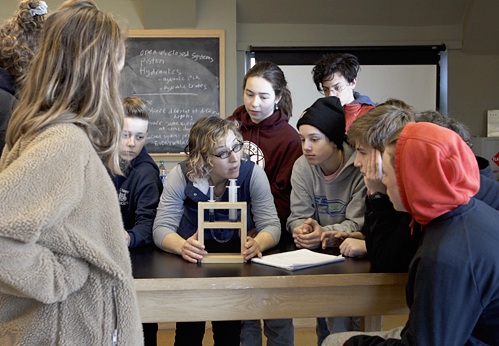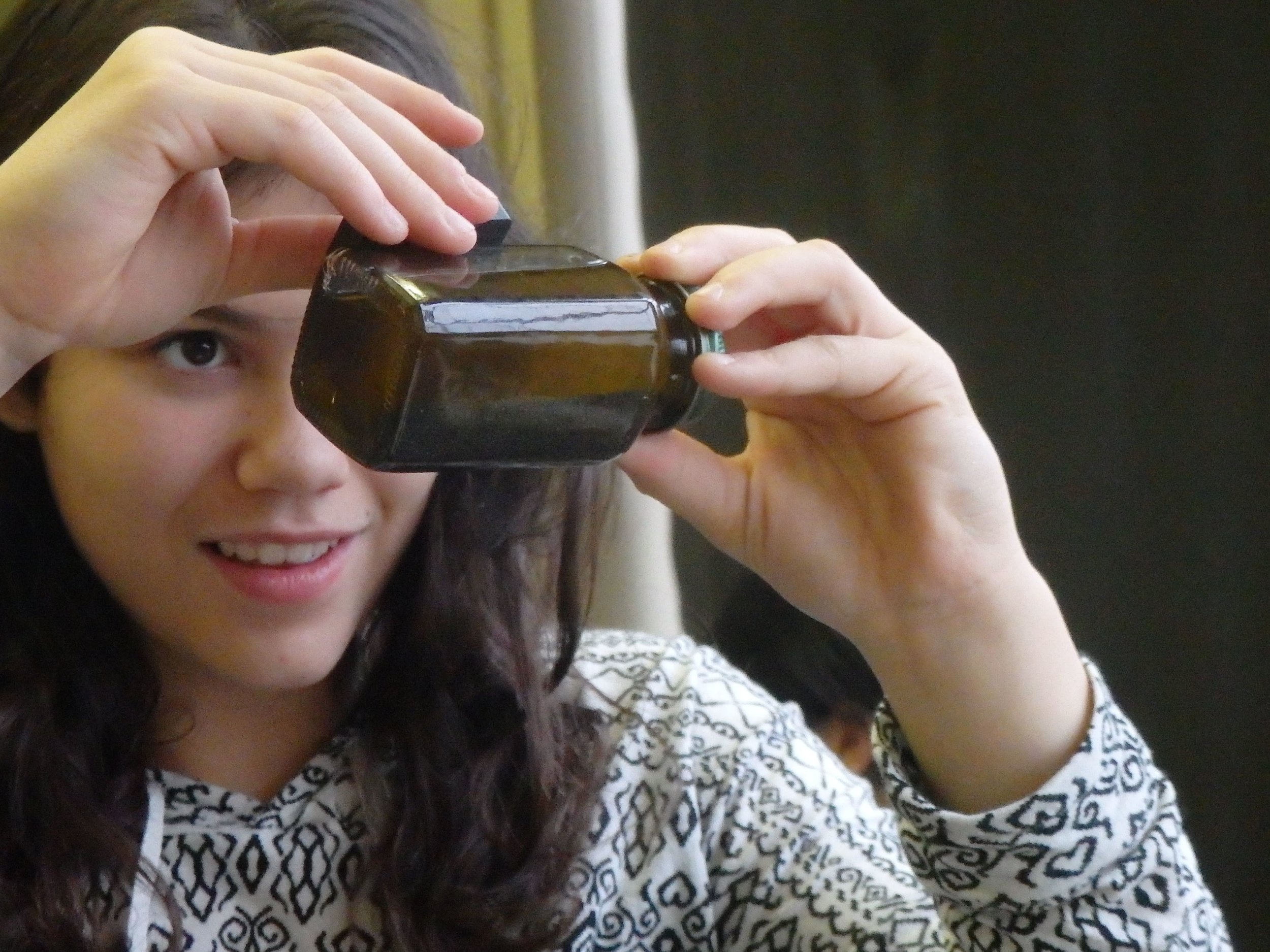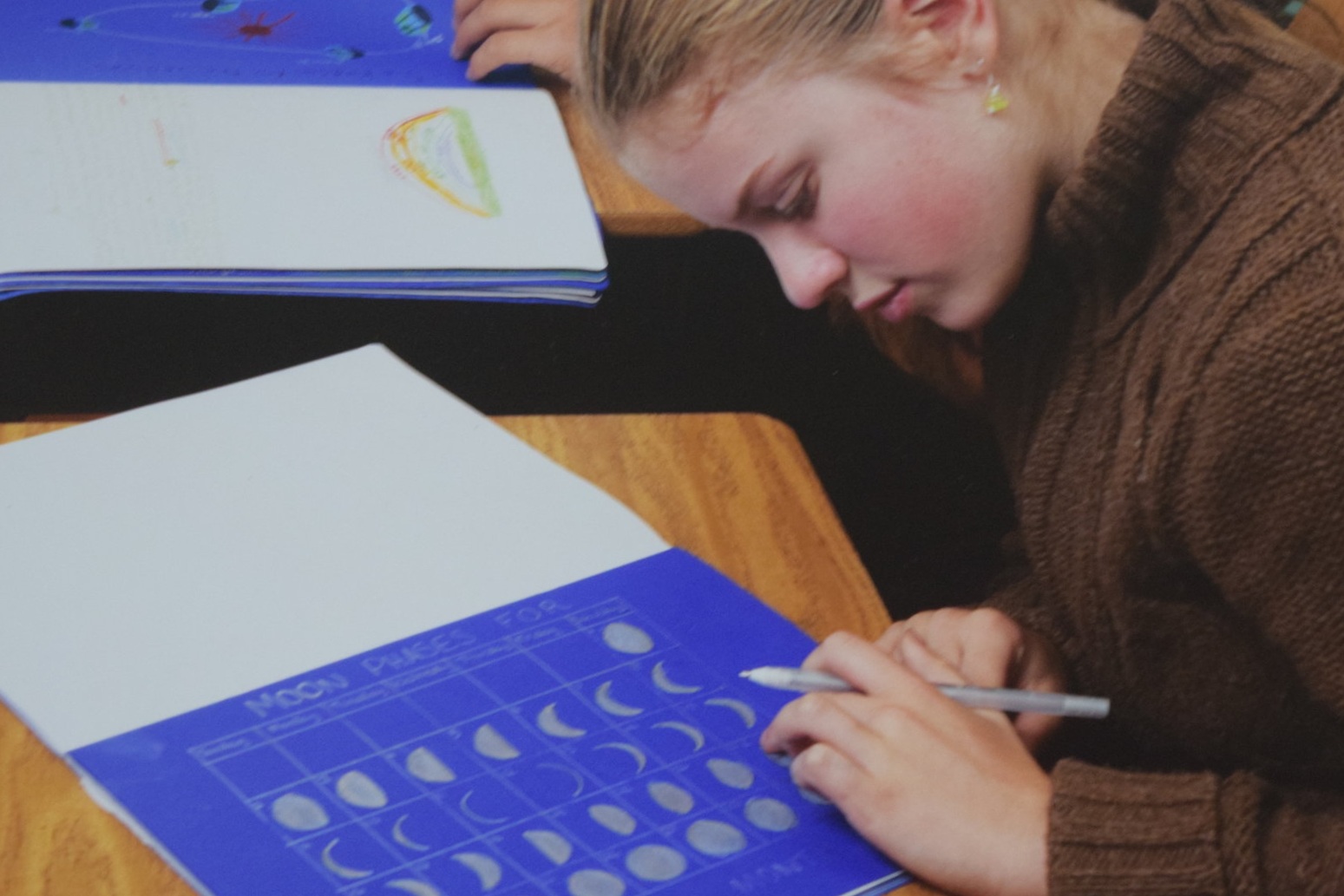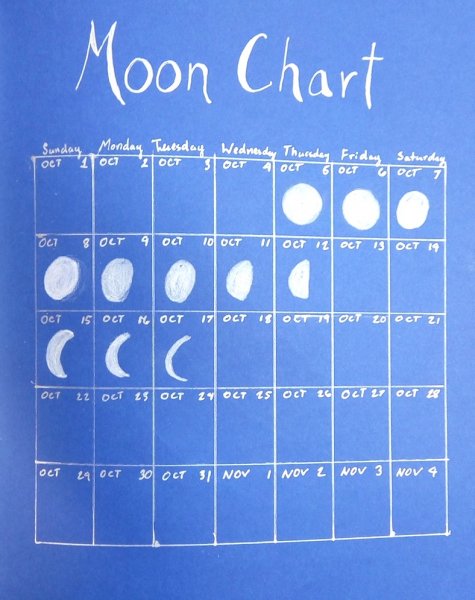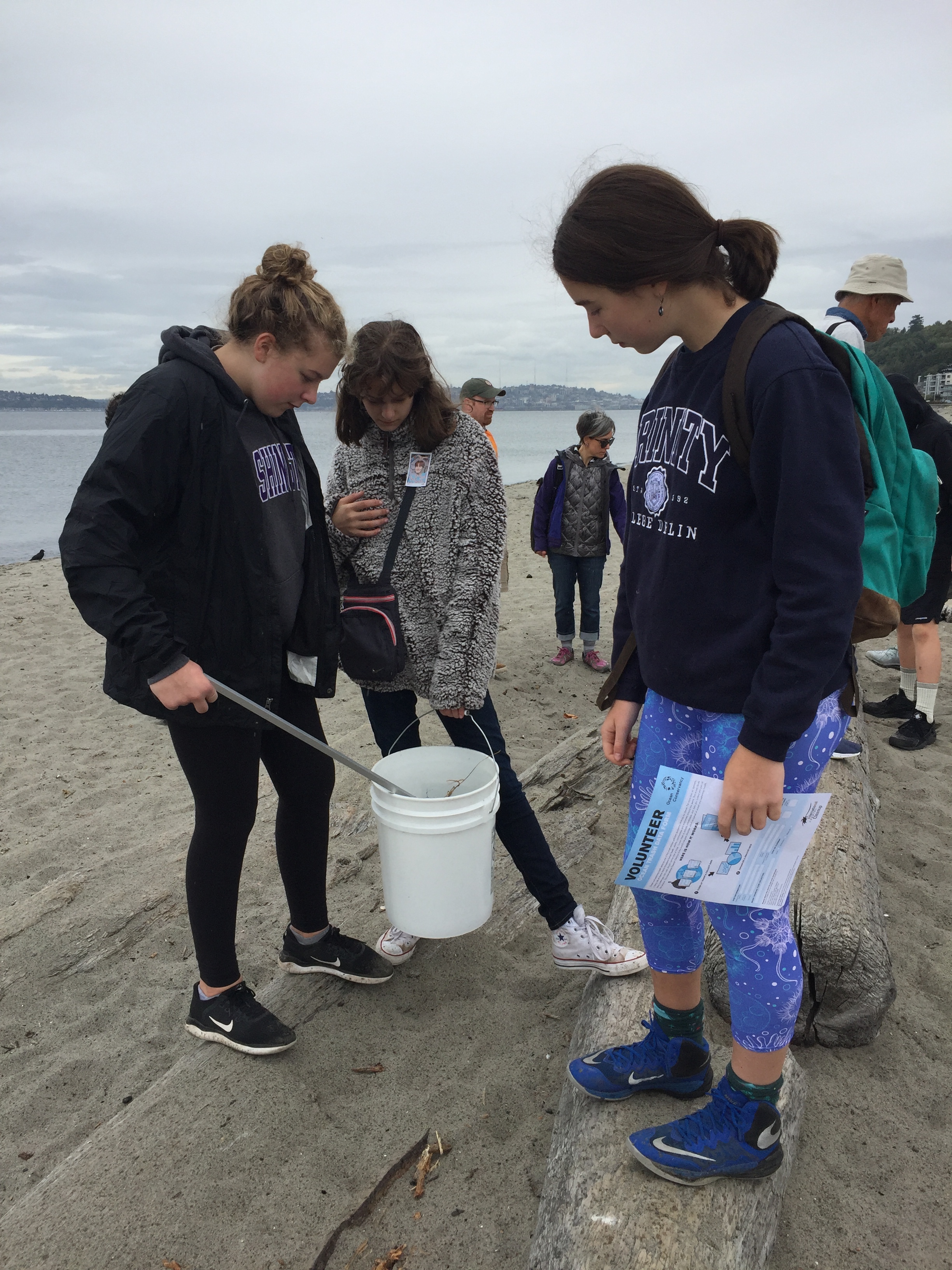Making Connections
At Bright Water Waldorf school, the child experiences an intentional journey through the grades where a connection is developed and nurtured between the beauty and curiosity of the world and the human being; where all subjects are creatively woven together. This relationship of purposeful educational experience and natural curiosity creates the foundation of the Math and Science Curriculum.
Art brings a much-needed depth to the world of Math and Science. Space, time, dimension, perspective and consciousness are themes and topics both found in art, science and math. Incorporating art within each of the other STEM disciplines helps tie meaning, beauty and practicality into all the other subjects. Music brings soul to math, art brings life to geometry, woodwork brings purpose to engineering, and cooking what you grow in the garden brings applicable relevance to science. This is why Waldorf education presents its students with the methodology of STEAM, an educational approach to learning that uses Science, Technology and Engineering (how things work), the Arts, and Mathematics as the foundation for guiding student inquiry, dialogue, and critical thinking. The end results are students who are inspired to create and problem solve in our modern world; to take thoughtful risks, engage in learning, persist in problem-solving, embrace collaboration, and work through the creative process. These are the innovators, educators, leaders, and learners of tomorrow.
Math
Like all Waldorf curricula, math lessons are carefully planned to meet the needs of the developing child. Waldorf math education involves movement, handwork, music, rhythm, art, form drawing. We include practical activities such as cooking and building that, along with creativity, curiosity and wonder, create a truly multi-sensory approach to mathematics. By teaching in this way, the math curriculum is designed to bring mathematical understanding into the will.
In the lower grades, the math curriculum is introduced through story, movement, recitation, and rhythm. Manipulatives make concepts like division (dividing gems among classmates) and fractions in fourth grade (slicing pizza for all) concrete realities — developing the connection and relevance for the student of how the concept applies to the world and their life. Older students, move from storytelling in math to story problems, using practical applications in mathematics for things like geometric drawing, and mathematics in art. As a result, Waldorf students acquire a deep mathematical understanding that they carry throughout their lives.
Science
The methodology for science instruction in Waldorf Education is based on observation and Socratic Inquiry. This type of inquiry is one in which a teacher does not give information directly to the students but instead asks a series of questions. This methodology results in the student coming either to the desired knowledge by answering the questions or to a deeper awareness of the limits of knowledge. Science learning occurs during regular nature walks, gardening, cooking, art, music, form drawing and experimentation, to name only a few. Students of all ages are immersed in observation and experience and these real-world examples and applications are used to then guide students to use inquiry and to make observations to connect logical parts to the whole. It helps the students to deeply understand the science within our world.
Technology and Engineering
While some believe Waldorf schools are anti-technology, that is actually not the case. The Waldorf curriculum focuses on the development of the human being as the primary foundation to the use of technology as a tool for research, creation and construction once the child has grown and developed all of their skills and capabilities. Waldorf students build and create every day, using engineering concepts. In third grade, students draw and configure, measuring and implementing a structural creation for the school. Labeled the “building project”, it is just one example of how engineering is placed into the curriculum. Younger children sew and knit forms which require many engineering and geometrical concepts. And, of course, geometric and other forms of drawing and art all support the logic needed to make engineering concepts reality.
